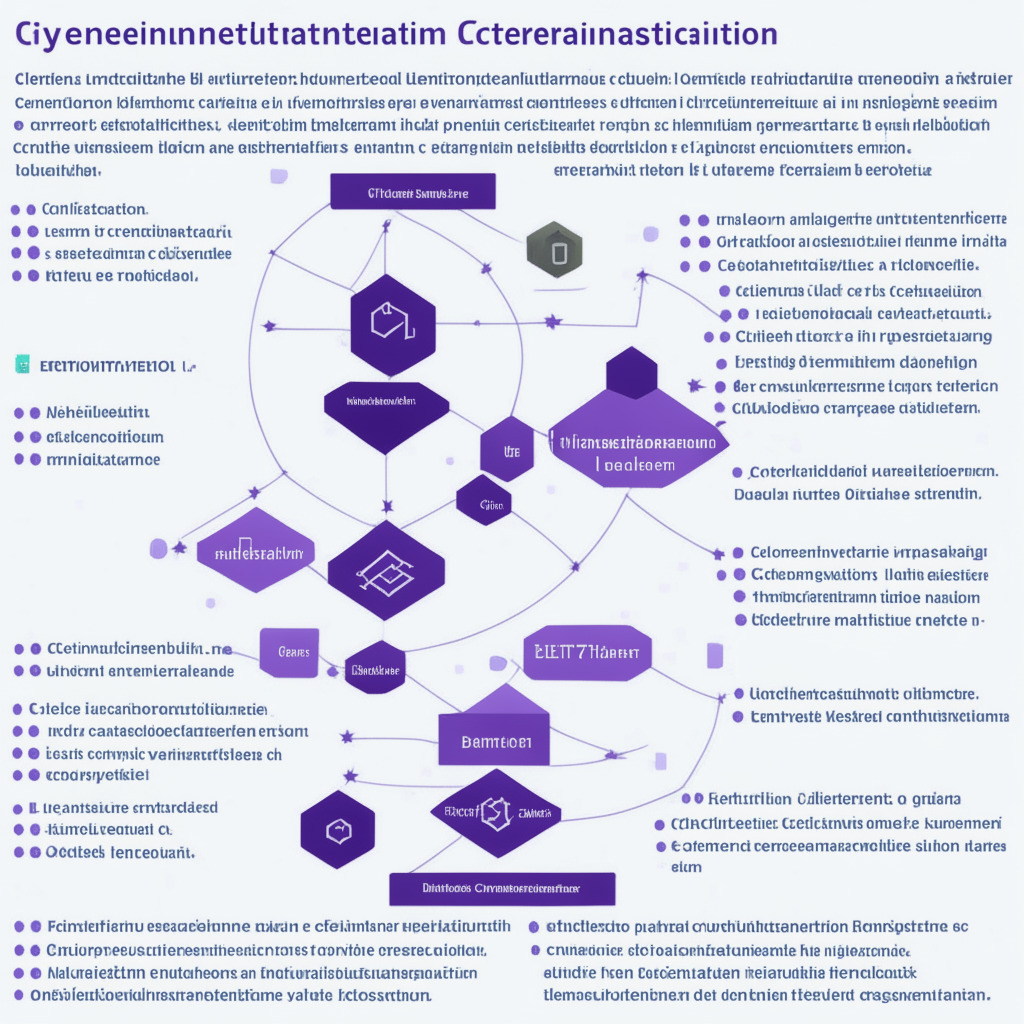Centralization has often been considered the antithesis of blockchain technology, an unwelcome presence rearing its head as developers confront scaling challenges. However, some experts argue that centralization might not always be a bad thing, especially in the context of layer-2 rollups on the Ethereum network.
A layer-2 rollup is an off-chain aggregation of transactions that can ultimately be settled on the base layer blockchain. All rollups on Ethereum use centralized sequencers, responsible for processing and ordering transactions into blocks to be added to the chain. Centralized sequencers are cheaper, faster, and more efficient than their decentralized alternatives.
Stephane Gosselin, the former co-founder of Flashbots, founder of Frontier Research, and an advocate for layer-2 rollups, argues that centralized sequencers might not present the problem many fear. Gosselin believes that the main argument against rollup centralization is that it creates a “latency game” that draws centralization toward a specific geographical region. This could leave the rollup vulnerable to censorship and regulation within that jurisdiction. However, he questions whether this is indeed a negative outcome.
According to Gosselin, Ethereum has been designed as a maximally decentralized layer-1, with relatively little economic activity on the base layer. Its goal is to settle data without what he calls “contention,” which takes place inside layer-2s. He explains, “If you have an architecture where the layer-1 is only settling data blobs and there isn’t contention, and you have all the activity inside of layer-2s, it reduces the centralization pressure on the layer-1 significantly.”
Cross-chain messaging could offer a solution that maintains censorship-resistance between layers when needed. Gosselin envisions layer-2s as remaining censorship-resistant and non-custodial, since individual rollup participants can “exit their state and bridge it over to some other roll-up in some other jurisdiction.” However, host Mike Ippolito points out that such transfers could cause significant “market disruption,” as assets would need to be migrated to the main chain and back onto another rollup.
Despite concerns, Gosselin admits there will always be trade-offs in different execution environments, and app developers primarily want an interface for connection and automatic deployment of their services. He concludes, “There’s so many different ways to build these things – and it’s not clear to me where it’s going to go.” As the blockchain industry evolves, centralized sequencers for layer-2 rollups might be just one example of how centralization can coexist with decentralization without undermining the technology’s underlying principles.
Source: Blockworks




